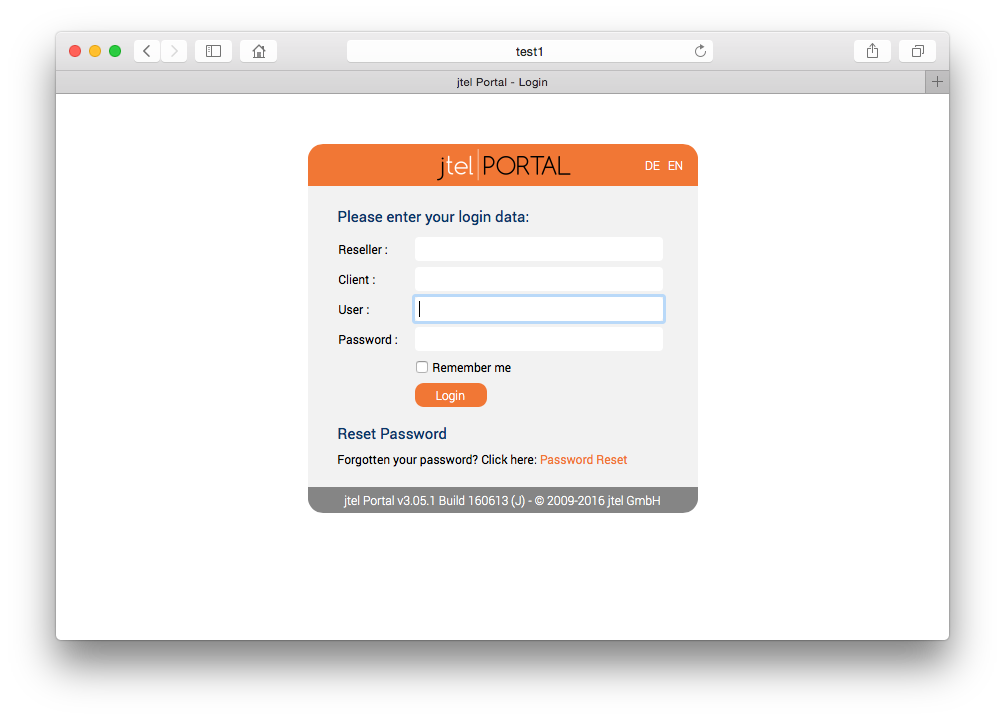| Sv translation | ||||||||||||||||||||||||||||||||||||||||||
|---|---|---|---|---|---|---|---|---|---|---|---|---|---|---|---|---|---|---|---|---|---|---|---|---|---|---|---|---|---|---|---|---|---|---|---|---|---|---|---|---|---|---|
| ||||||||||||||||||||||||||||||||||||||||||
Configuration Changes
Location of Configuration FileThe configuration file is located in: /etc/haproxy/haproxy.cfg Must ChangeThe following items must be changed: Peers Replicates SectionThe peer name "localproxy" must be changed to the host name of the proxy server (the short hostname). This will otherwise cause a warning in the log, and the stick tables will not reload correctly when the server is reloaded.
Error PagesComment out all of the default error pages. These do not exist on the Debian package for haproxy.
Configure RedirectsThe configuration file allows redirects from the following URLs to the correct login page:
Modify the redirect parameters RESELLER and CLIENT according to the required standard RESELLER UID and CLIENT UID on the system. If required (for example for cloud installations), you can remove the /CLIENT part of the URL.
Configure Backend Webservers and SOAPThe list of the backend web application servers and SOAP servers must be configured. The alias names configured in /etc/hosts will work fine, however make sure you have all of the servers configured. Here is the backend configuration for two webservers for the portal:
And here is the backend configuration for two webservers for the portal:
Optional ChangesUser for haproxy AdministrationThe following URL can be used, to access the administration web admin site for the load balancer:
This page can be used for example to deactivate certain resources for maintenance purposes. Users, who can access the web admin site, must be configured in the configuraiton file. First of all, a password must be generated, using the following command:
This command creates a password hash with a salt value jhaProxy. This hash and the user name is added to the configuration file. The line for newuser is added, and the user is added at the end of the group admin line:
Start the haproxy ServiceStart the haproxy service as follows:
TestOpen the following URL in a browser: http://acd-lb/admin You should see the login screen of the jtel portal web application: |
...
